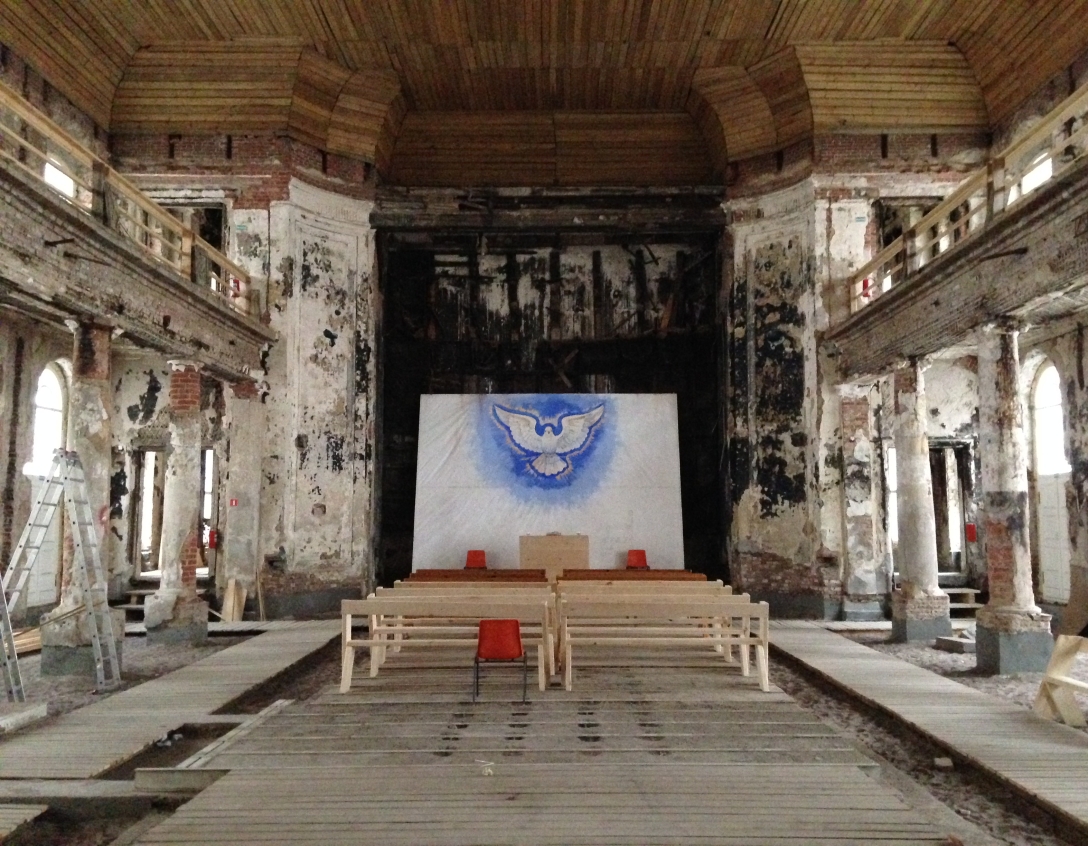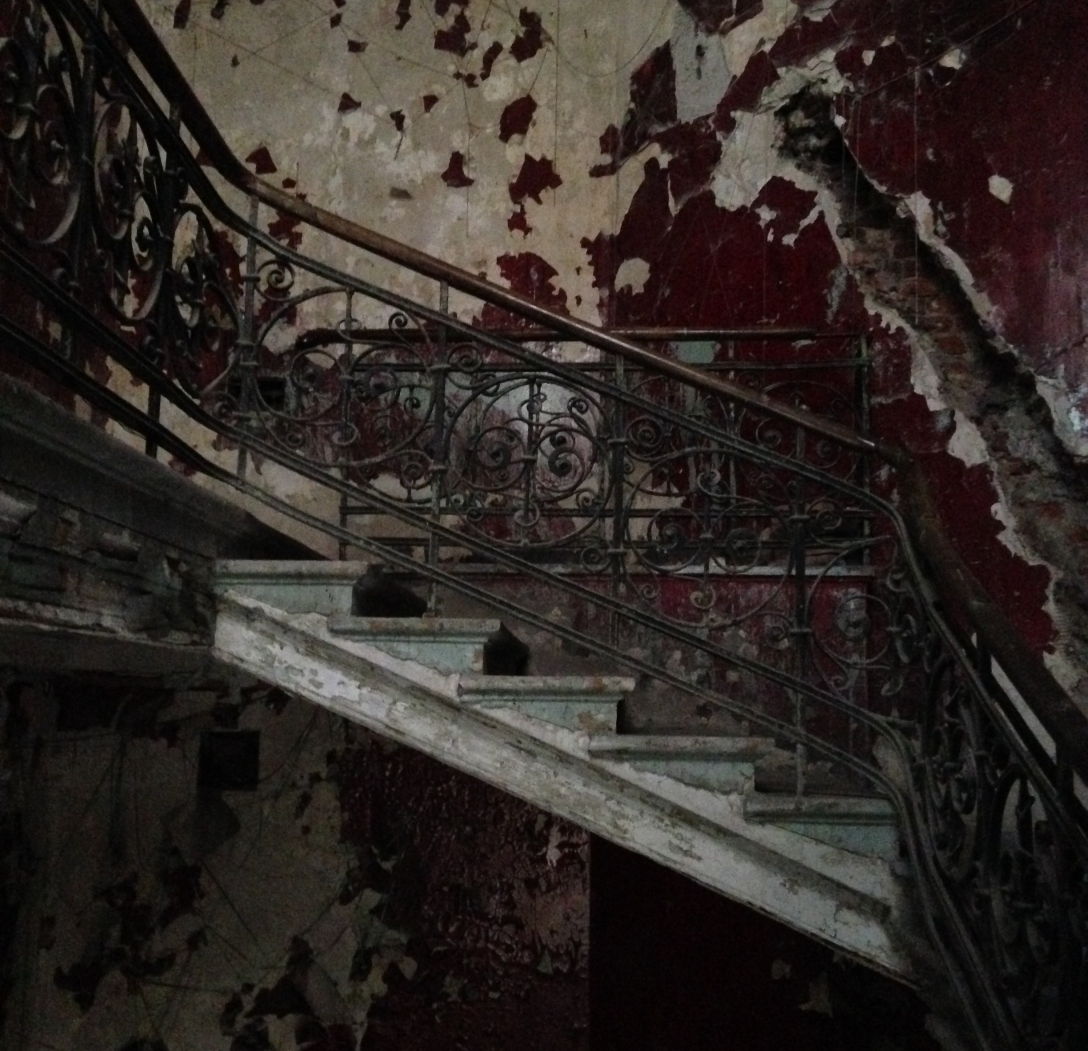Why preserve games?
A simple question, but it is worth taking the time to answer it. According to Frank Cifaldi and the Video Game History Foundation, “video game preservation matters because video games matter. Games are deeply ingrained in our culture, and they’re here to stay [but] video game history is disappearing.”
Hard to disagree, and I have nothing but respect for Cifaldi’s work. It is important to point out, however, that video game history is not disappearing. History is something we create – it is narratives about the past that co-exist with our present, and are therefore co-produced with it. As a historian, I create history – and so do preservationists, museum curators, journalists and all of us who think about the past.
As such, video game history is alive and well – and perhaps in its most vibrant state than it has ever been. A plethora of sites, blogs, curators, conservationists and emulators are all making sure that game history, on the whole, is thriving. On the other hand, video games of the past are certainly disappearing.
So what I want to ask here is, how should we be reacting to this fact, and what should preservation efforts be focusing on?
There are specific obstacles that videogame preservation efforts have to overcome – physical media not being engineered to last a long time, digital media being lost as formats and operating systems slowly become obsolete, terrible archiving practices at games companies and much more.
This raises the completely legitimate problem of disappearing art as well as the erasure of labour that created it. For me personally, that is perhaps the strongest argument for game preservation – in an industry that notoriously treats its workers poorly, often mismanaging credits, as well as underpaying and overworking developers, the very least it should do is ensure that their labour is not forgotten.
Which games should we be preserving though?

There is no point in trying to preserve all games, because that is impossible. So should we only preserve the most “significant” ones? But, what does that actually mean, how do we measure cultural significance? It is an unwinnable battle, as culture(s) are constantly shifting, with different people in different cultures having different priorities and understandings of what is “significant” at any given moment.
This is without considering the fact that cultural significance is a shoddy reason for conservation because it will inevitably lead to the erasure of the work of those on the margins, despite bundles of proof and effective argumentation about the ways in which the margins define and create new cultural trends.
This inevitability is framed by capitalism, as preservation efforts can never fully extricate themselves from the relative value imposed on cultural products such as games by “markets”. Games that sell better, and thereby exist in more copies and on more platforms, will be more available for preservation. Cue the art world, where Damien Hirst, for instance, apparently provides an “after-sales service” to those who bought his works, ensuring their preservation.
On the other side of that spectrum, games that are incredibly rare become highly valued and sought after, as collectors and preservationists focus on finding something that no one else may have in their possession. Inevitably, this is informed partly by the fact that the monetary value of these gems has been artificially inflated by their rarity. Development, play, preservation – all are embedded within the capitalist system.
To give a more satisfying answer then, we may need to look a bit deeper and get back to the original question: why should we preserve games in the first place?

The obvious answer is not to lose them. According to the Japanese Game Preservation Society, 99% of all Japanese PC games sold in the 1980s are already lost, thus the “remaining one percent is what the society is fighting to save from the ravages of time”.
I am very interested in this idea of “saving” games. Ostensibly, it makes sense – saving games from destruction, i.e. preserving physical media in optimal conditions, ensuring outdated software can still be interacted with, etc. But that is not the whole story here – they are also being saved from a reality in which they are forgotten: “If it’s preserved, and if it’s accessible to the public, I hope writers, researchers, and historians will find those little gems, talk about it, and rewrite history.”
Which brings me to the crux of the matter. From my admittedly outsider perspective, it seems that game preservation efforts risk being trapped in an impossible quest for cultural immortality. Keeping in mind my previous point regarding labour, I assert that games are, inherently, fleeting things. Like other pieces of art or cultural objects, games represent memories, they connect to individual and collective pasts, our experience of them is, more than anything, nostalgic.
As such, they don’t need “saving”, because they are made to perish – their primary worth is not monetary or even historic, it is personal, emotional. Despite Hirst’s efforts, for instance, all of his work will inevitably disappear – and I think we need to come to terms with the fact that… it is OK.
Perhaps it is the false allure of immortality provided by the digital space that has us convinced we must be categorising and storing every single game we come across, for posterity, for historians, for memory. After all, the modern, Western understanding of immortality is inherently tied to the technical and the digital. In exploring Derrida while trying to understand what an archive of the future may look like, philosopher Yuk Hui points out that:
“The quest after the origin, through the preservation of the past … arises from out of a fear of finitude, in the anticipation of mortality: as Derrida puts it, “there would indeed be no archive desire without the radical finitude, without the possibility of a forgetfulness which doesn’t limit itself to repression.”
As such, preservation of the past in general is intimately tied to our understanding of our own mortality, and preservation of cultural artefacts such as videogames, in my view, doubly-so. Unlike the materials of a national archive, art is popular, it is engaged with by the many; hence archiving art and games is a process that naturally involves the public. The value of the game is in it’s interactions with those who created and played it, and while it can reflect societal and institutional norms as much as a policy memo, it is so much more than that.
The key to understanding this distinction lies in the fascinating point made by Christina Cacouris in regards to video art and social media as she highlighted the number of people Instagramming themselves into art installations, creating a record of themselves within art. After all, each time you’re seen, you live. If video art is ‘the newest incarnation of record keeping’ that allows viewers to participate in the process by recording themselves, where does that leave video games? What happens each time you play?
The act of play creates memories and feelings, which is why there is a huge market for remakes, remasters and re-releases of old games. In another instance of capitalism directing the plot, companies attempt to profit off of players’ desires to re-capture those memories while often also changing the original material. Not so much a quest for immortality, but a yearning for profit.
In context of these efforts, preservation is often portrayed noble, a “pure” quest for immortality of the medium. To preserve games from a reality in which they are forgotten, where they have reached a radical finitude, preservationists go beyond profit.
And this, finally, is where my underlying anxiety about preservation rests – I commend its desire to ignore profit as a motivator, and I believe in its mission of promoting the importance of the past, but I don’t think we need to be striving for immortality.
I still feel it in my bones when I read that 99% of 1980s Japanese PC games are lost, there is no question about that. But at the same time, I feel like we should accept that it is OK. As players, we should reconcile with our nostalgia, cherish our memories but understand that trying to re-live them is futile. Preservation efforts, in my view, should be informed by this counter-intuitive philosophy, accepting that games, art, things, people – disappear, are forgotten, every day.
This re-alignment does not mean that efforts to continue finding and preserving video games of the past should cease. Rather, the focus of these efforts should expand to include celebration, interpretation and political action, all driven by an anti-capitalist ethos, an ethos that rejects both profit and immortality as motivators.

Preservation must celebrate the medium, provide as much access to its archives to as many people as possible, actively seek out workers who made the games they preserve, recognise and celebrate their achievements.
Preservation must encourage new interpretations of games and related materials, providing spaces to radical and alternative analyses of the artistic, commercial, economic, the political inherent to games. It should be inclusive, rejecting to follow in the footsteps of the art world’s focus of preserving ‘art by and about European and Euro-American people that is chosen by those of European and Euro-American heritage.’ (Keith Morrison, page 161)
Preservation must seek an anti-capitalist agenda, one that promotes and celebrates the diversity of workers who create games while opting out of the profit generation machine that runs the industry.
Which games should preservation efforts focus on, then? An impossible question, really, but if driven by this agenda, perhaps we need to be trying to preserve the ones that this machine failed, and the ones that failed within the machine.
Perhaps we should not be focusing too heavily on lamenting the difficulties of preserving live service games or contemplating lost aspects of World of Warcraft, one of the most successful, popular and profitable games of all time, and one that is still very much alive. Perhaps instead we should be encouraging efforts of saving Ouya games – not because of their popularity, but because the platform allowed plenty of new developers a relatively easy way of developing games, resulting in a lot of weirdness and creativity.
Perhaps preservation should not be motivated by a fear of finitude, an anticipation of mortality, but instead accept it, in doing so focus on preserving work that is ignored, marginalised and stamped out by an industry itself caught within the for-profit machine, and who knows, it may also remake games into something greater.

All photos taken by me in 2015.

It might be interesting to think of games being more like live theater performances than movies. The current hardware is like the stage and original cast. As long as you have the script, you could possibly restage it elsewhere with a different cast, but many shows, once they leave Broadway, are just gone.
LikeLiked by 1 person
That’s a very interesting perspective, something that I have not even considered at all, thanks! I think that kind of shows as well just how many compelling possibilities exist out there in terms of trying to understand and analyse games, all kinds of alternative and counter-intuitive positions that have yet to be taken up.
LikeLike
Great analogy. I talked about this with a friend who’s into theatre and needed some help with adapting some game mechanics on stage for narrative purposes, and that was revealing: both on what videogame grammar is and how it could translate elsewhere. Basically, a grammar is shaped by it’s media’s limits, but once you get how it shapes your ideas in return, you can transfer this newly found dynamic elsewhere in one way or another – with some loss sure, it’s not the whole work mirrored as is, more of a translation, but it’s better than nothing and certainly leads to new fruitful approaches. And it does feel like theatre and generally older arts mostly care for ideas and some underlying basis rather than full conservation.
Random thoughts after reading:
– an increasing number of historians want the context too – design docs, reviews, videos etc. Because without context, meaning can be lost or misinterpreted (or twisted).
– this reminds me of a design article on Moon Hunters (a roguelike), where the design team drew inspiration from a tribe which thinks writing and whatever way you use to ‘set something in stone’ is counterintuitive: a story should live on and be shaped by the people who interpret it.
– gaming in general is getting bigger, whatever the type. Boardgames have become way more varied and some directly draw inspiration from videogames (some adaptations are surprisingly great like DOOM 2nd edition, or This War of Mine (some consider it better than the digital version), which even has a kind of ‘indie-like’ manifesto in its manual that mirrors the indie scene a decade ago). Some mechanisms seem like underlying programming, taking players’ actions into account in a more indirect, hidden and subtle way. Some like Magic Maze turn each player into a small function (left/right, open room…) and play real-time. Escape games, and some forms of live theatre use Myst-like approaches or environmental narration + ‘NPCs’. And there’s art installations too, which can explore specific aspects. And modding that basically use any game as a creative framework.
– in France the Notre-Dame accident triggered some debate about conservation, and a comparison between Western and Eastern approaches, especially in Japan. Western culture tends to keep things as is. In Japan they tend to rebuild identical models, deeming the idea/structure/craftmanship more important. Both have their pros and cons, but could complement each other.
So this may show that videogames’ grammar can be partly adapted somewhere else, along with part of the experience. All that in addition to pure preservation of course. Both ends of a spectrum.
As a side note, I was quite surprised by a print of a PICO-8 game draft (a small NES-like game making tool): it was 6 pages of code, with the hexadecimal part (graphics, sounds) included by mistake. It looked like a mess until I held the page at arm’s length and noticed that the whole scenery was actually visible – sure, slightly misshaped and colourless, but the whole structure and the change in textures (due to varying hexadecimal segments) was definitely visible, a bit like pointillism, or vanilla Dwarf Fortress. As my game draft was very amateurish and simple, I was left with my game almost fully readable on paper there: obsviously the logic (and thus the intent and method), the graphics, and, in a confusing way, sounds. So whoever has a very basic programming knowledge and knows how PICO-8’s palette and sounds are handled could get a pretty precise idea of the game as a whole without even using a computer. Obvious stuff maybe, but I thought that preserving a game’s structure AND shape on paper like this was eye-opening.
LikeLiked by 1 person
Thanks for the extensive comments! I was actually thinking about discussing the inherently “Western” approach to cultural immortality in here but that would have bloated this post even further which I didn’t want to do in the end. The point about the PICO-8 draft is fascinating as well, a single image that represents the entirety of a game, a kind of alternative or complement to a playable archived version.
LikeLike
You might also consider more the difference between preserving digital work and physical work. When companies like Microsoft and Facebook and Google and Sony can save archives of trivial data about literally billions of people but can’t be bothered to save the source code of games made by game developers they own/fund/publish, the conversation needs to be more about the priorities of capitalism than some sort of inherently ephemeral nature of art.
LikeLiked by 1 person
While writing I was thinking about preserving digital a little bit, although from a perspective where digital assets in the long term seem to be just as vulnerable to time as physical ones, in terms of OS/platform/file format changes etc.
I can see the point about redirecting priorities within the capitalist system but I am not sure under what circumstances that would be possible, and regardless as you can probably tell by this post I would rather work towards dismantling that system rather than reforming it.
In the end if there was a possibility of preserving everything, of course this conversation would be somewhat moot, but then we can turn to the more interesting questions of the value of doing so and what that impulse can tell us about this specifically Western sensibility of worshipping at the altar of the original. I came across this fascinating article today that does an excellent job at providing an alternative perspective on that – https://aeon.co/essays/why-in-china-and-japan-a-copy-is-just-as-good-as-an-original
LikeLike